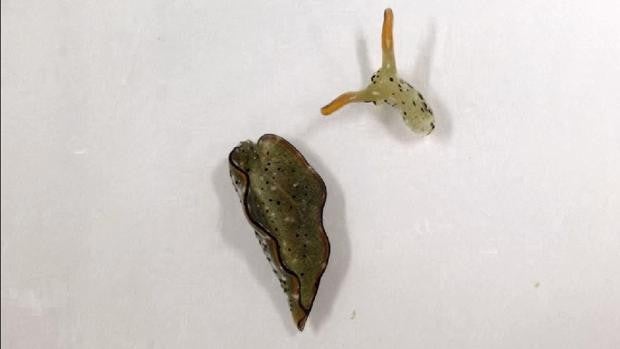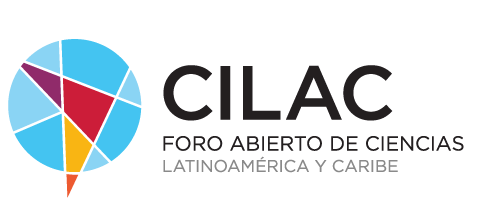 Cases of animals, such as salamanders or lizards, losing a tail or limb and then regenerating it are well known. But these two species of sea slugs surpass everything imaginable. Japanese researchers have discovered that these creatures are capable of amputating their heads and regenerating a completely new body, with a heart and internal organs. Researchers suspect that they use the photosynthetic capacity of the chloroplasts that the algae incorporate into their diet to survive while they are busy creating themselves again.
Cases of animals, such as salamanders or lizards, losing a tail or limb and then regenerating it are well known. But these two species of sea slugs surpass everything imaginable. Japanese researchers have discovered that these creatures are capable of amputating their heads and regenerating a completely new body, with a heart and internal organs. Researchers suspect that they use the photosynthetic capacity of the chloroplasts that the algae incorporate into their diet to survive while they are busy creating themselves again.
"We were surprised to see that the head moved right after autotomy (the detachment of a body part that some animals do to themselves)," admits Sayaka Mitoh, of Nara Women's University in Japan. "We thought he would die soon without a heart and other important organs, but we were surprised again to find that he regenerated his entire body," he continues.
The head and body of Elysia cf. marginata, one day after autotomy. The body is much heavier (more than 80% of the total weight) than the head
–
Sayaka Mitoh
The discovery, reported in the journal 'Current Biology', was a matter of pure chance. Mitoh does research in a laboratory where the life of the small Sacoglossa sea slugs is studied. One day, he saw something unexpected: the head of a specimen moved without its body. He even saw a slug do this twice.
The researchers report that the head, separated from the heart and body, moved on its own immediately after separation. Within days, the wound on the back of his head closed.
In relatively young specimens, the head began to feed on algae within hours. And the regeneration of the heart began in a week. He completed a new body in about three weeks.
However, the heads of the older specimens did not feed and died in about ten days. In any case, the discarded bodies did not regenerate a new head. But the headless bodies moved and reacted to being touched for several days or even months.
Why do they do it?
Slug head right after autotomy – Sayaka Mitoh
Researchers aren't sure how sea slugs cope. But they suspect that there must be some kind of stem cells in the severed end of the neck that are capable of regenerating the body. It is also not clear why they do it. One possibility is that it helps eliminate internal parasites that inhibit their reproduction. They also do not know what immediate signal prompts them to get rid of the rest of the body.
Sea slugs were already unique in that they incorporate chloroplasts from the algae they eat into their own bodies, a habit known as kleptoplasty. It gives animals the ability to fuel their bodies through photosynthesis. The researchers suggest that this ability could help them survive after autotomy long enough to regenerate a body.
These findings in sea slugs represent a new type of autotomy in which animals with complex body plans get rid of most of their body.
"As the molting body is usually active for months, it is possible that we can study the mechanism and functions of kleptoplasty using living organs, tissues or even cells," Mitoh announces.
